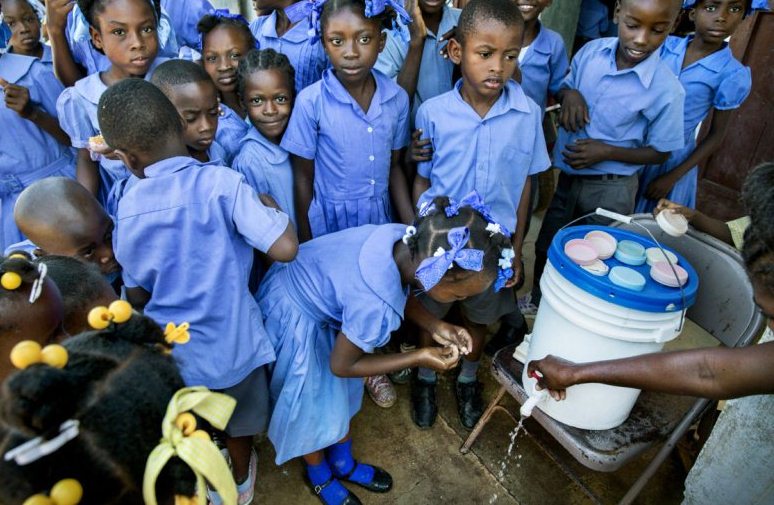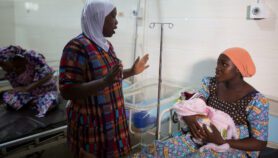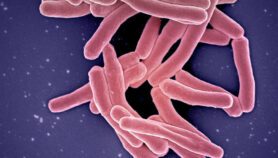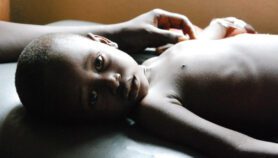By: Joe Turner
Send to a friend
The details you provide on this page will not be used to send unsolicited email, and will not be sold to a 3rd party. See privacy policy.
Encouraging handwashing can slash the prevalence of worm infections in children, a study in Ethiopia has found.
The six-month trial, published today in PLOS Medicine, found that regularly cleaning the hands with soap reduced new infections by intestinal parasites by 68 per cent. Weekly nail clipping reduced such infections by 49 per cent.
The researchers also found that handwashing lowered children’s rates of anaemia.
The team of scientists split school-aged children into four treatment groups. One group received weekly nail clipping, one received soap and regular reminders to wash their hands, one received both treatments and a control group received neither intervention.
“The researchers need to do something similar now, but on a much larger scale to study the cost effectiveness.”
Sandy Cairncross, London School of Hygiene & Tropical Medicine
Mahmud Abdulkader Mahmud, a researcher at Mekelle University in Ethiopia and the lead author of the study, says the results are important because of the prevalence of worm infections in the country.
Intestinal worms are common in areas with poor sanitation and are thought to affect more than a billion people worldwide, causing diarrhoea, anaemia, stunted growth, malnutrition and learning problems.
In all, 73 per cent of local children were found to be infected with the parasites before the trial, each being treated to clear these infections before the study started.
The researchers visited the children to supervise their handwashing, give soap and clip nails. But this could be expensive to do on a wider basis, says Sandy Cairncross, an epidemiologist at the London School of Hygiene & Tropical Medicine, United Kingdom.
“The researchers need to do something similar now, but on a much larger scale to study the cost effectiveness,” he says.
Handwashing with soap has been known to reduce the risk of infectious disease spread for more than 100 years. This study showed that even occasional handwashing reduced parasite infections among the Ethiopian children (see chart).
Despite this, few studies have tested the costs and health benefits of hygiene promotion. But Cairncross says existing data show it is much cheaper to deliver the benefits of hygiene this way than by building latrines or supplying clean water.
“When World Bank economists calculated the data,” he says, “[they found] the most cost-effective of all against high-burden diseases was handwashing with soap.”
Mahmud says his research highlights the importance of hand hygiene in WASH, a set of UN and other international programmes focusing on improving water, sanitation and hygiene. “We believe that these programmes should prioritise handwashing and nail clipping,” he says.
“There aren’t that many effective programmes for achieving sustainable behaviour change,” she says.














